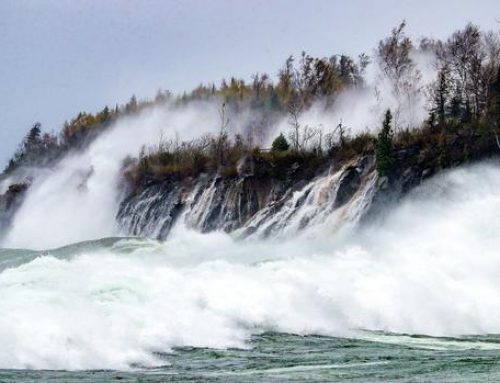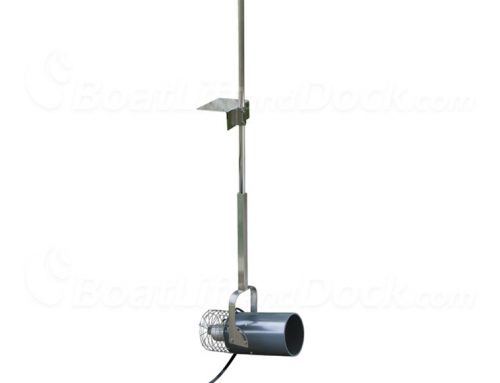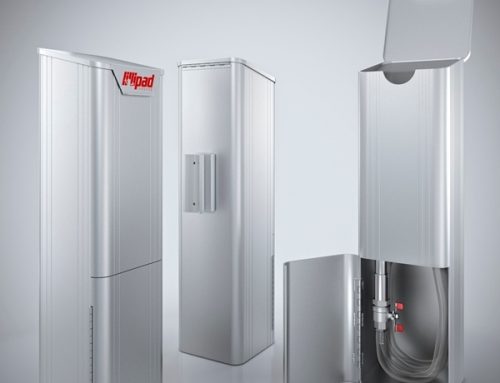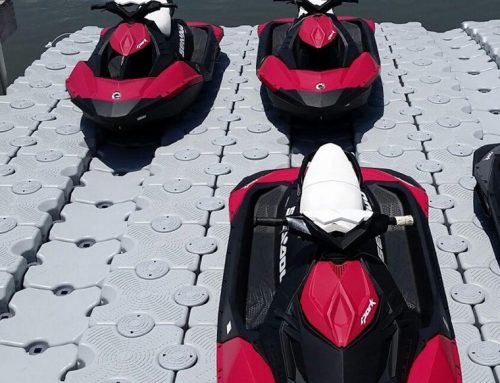If you are in the market for a dock system for your waterfront you will quickly discover that there are quite a few designs out there. Wading through the different dock systems and variations can be daunting and you will need to determine your specific needs before deciding. We will cover these options in two articles that will outline the available choices and the basic considerations you will need to address when making your decision.
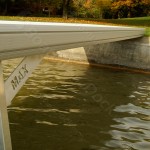 In this article we will outline some of the specific “details” and then move into the “environment” in which the dock will be assembled. We will cover the water depth, tidal variations, and the bottom conditions; all of which will factor in the final dock you end up with. In part two, we will cover the dock itself and the variations that are available to you when assembling your lake dock.
In this article we will outline some of the specific “details” and then move into the “environment” in which the dock will be assembled. We will cover the water depth, tidal variations, and the bottom conditions; all of which will factor in the final dock you end up with. In part two, we will cover the dock itself and the variations that are available to you when assembling your lake dock.
Part One
Some of the initial details that you will want to consider are:
• The water depth where the dock will be placed
• Tidal variations in your area
• The “bottom conditions” where the support framework will rest
• The span or length of the dock you require
• The manner of “connection” you want
• Do you want or need a freestanding system of floating system
• Do you want a straight span or will there be perpendicular sections
• What kind of decking do you want or need
This list may not include everything you need to think about, as your situation may require additional considerations. Your best bet is to speak with a qualified dealer to get deeper into the available options. We will take each of these details in turn beginning at the bottom and working our way up and address the nature of the solutions that are available to you.
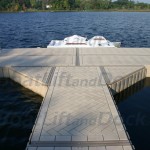 Water Depth
Water Depth
When you begin to plan the layout of your new dock configuration, one of the first things to find out is your water depth. Accurately determining this information will save you time and money down the line. Even if you eventually decide to go with a floating system, you will still need to sink some sort of stabilization posts to keep the system in place. It may be that your water is very deep and therefore you will have to factor the cost of longer or heavier dock posts into your final price. Further, the grade of the bottom or the rate at which the water gets deeper needs to be known as this will tell you the length of the support framework you will require.
Tidal Variations
This should be something that you are already familiar with or you can find out by contacting your local environmental agency which may have some information about this. Basically, you want to take account of any excessive daily or seasonal increase or decrease of your water depth. This could change the nature or outline of your shoreline and if you go with a free standing system you may find that the majority of your boat dock is over dry lake bed or under water. This bit of information may also factor in your decision to choose a freestanding or floating system.
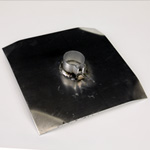 Bottom Conditions
Bottom Conditions
The nature of your lake or river bottom is closely related to the water depth as both will determine the nature of your support framework. You may already know the nature of your bottom conditions if you have spent any time in the water where the dock will be placed. Determining whether your lake bed is rocky, sandy, or muddy/mucky will help you determine what style of base pad you will need. The stability of the dock overall is determined by the quality of your “connection” to the bottom and the solidity of the base of support will guarantee that your dock is stable. This information will also help you determine if you need to employ a base pad or an auger, or a combination of these to make your connection.
Up to this point we have reviewed the conditions in which your dock system will be used, water depth, variations, and the lake bed conditions. In the following article we will get into the details of the dock itself, the different styles or dock, dock hardware and decking will be covered in detail. As always and comments are welcome.
© 2013 BoatLiftandDock.com


